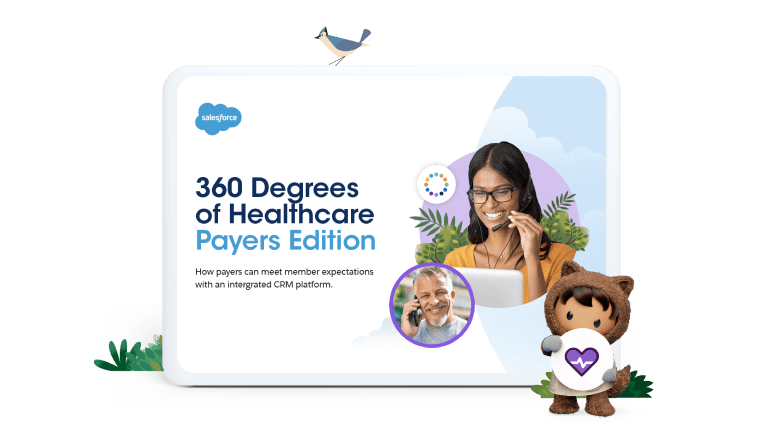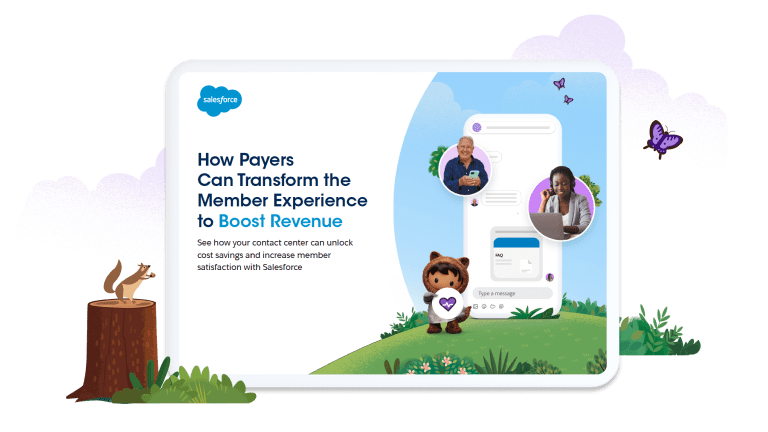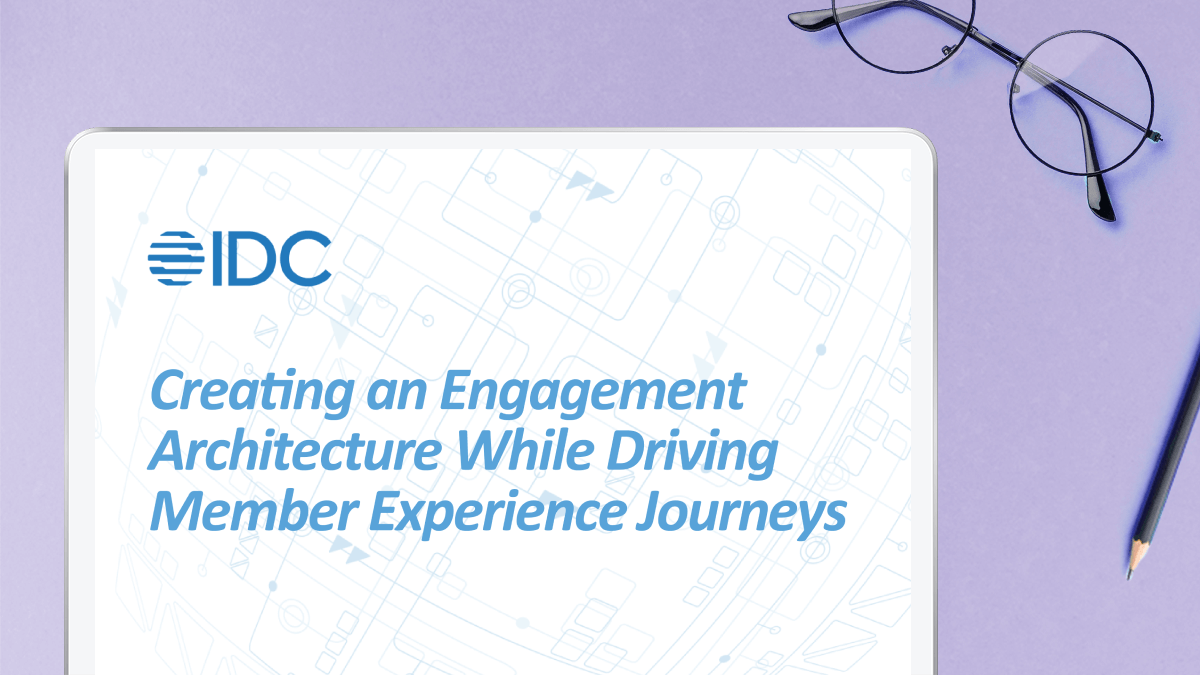
Payers: Meet member expectations
Health insurance companies must balance both member and provider relationships. An integrated system allows payers to unify data and operations to build better end-to-end experiences, reduce provider friction, scale collaboration between distributed care teams, and identify cost savings.
Disconnected systems tend to slow down the processes that make these experiences possible, which is why prioritizing connected tools and technologies is so important. An integrated system allows payers to unify data and operations to build better end-to-end experiences, improve affordability, reduce provider friction, and scale collaboration between distributed care teams.
When members and providers feel seen, heard, and engaged, it lays the foundation for a more trusting and loyal relationship. In fact, members who trust their payers are more satisfied with their overall experience.

78% of consumers with a trusted relationship believe their health insurer genuinely cares about their health as compared to 3% of consumers who do not trust their insurer
Source: "Connected Health Consumer," Salesforce Industry Research, 2021.
PAIN POINT
ANTIDOTE
PAIN POINT
ANTIDOTE
PAIN POINT
ANTIDOTE
PAIN POINT
ANTIDOTE

More resources

Unlock savings and improve member loyalty with an enhanced contact center experience.

Drive member journeys with strong engagement architecture.










